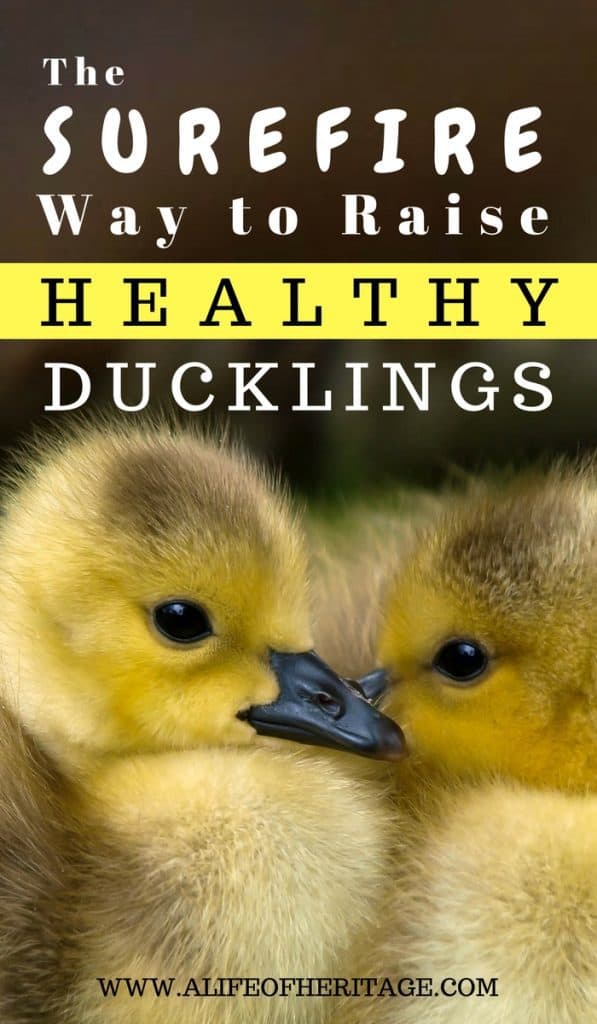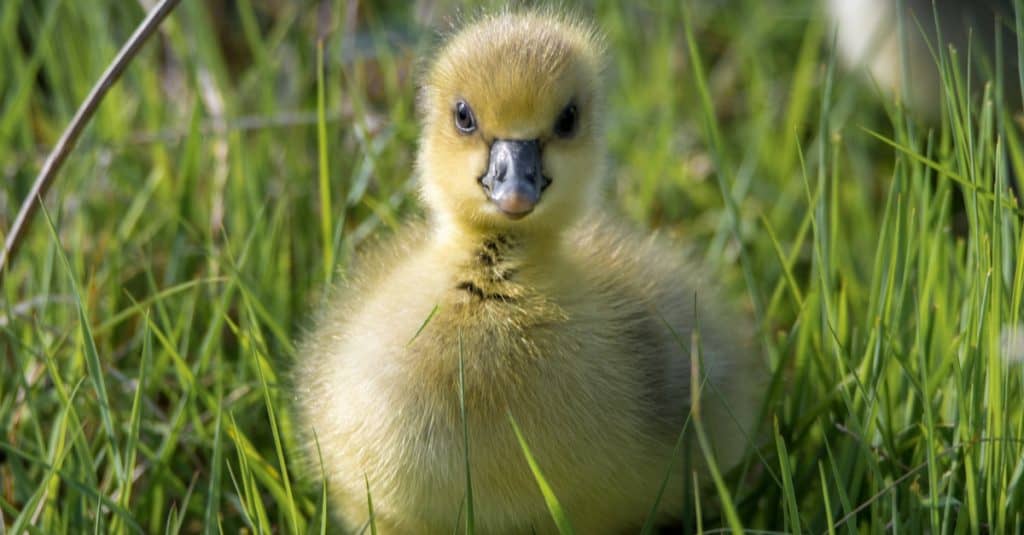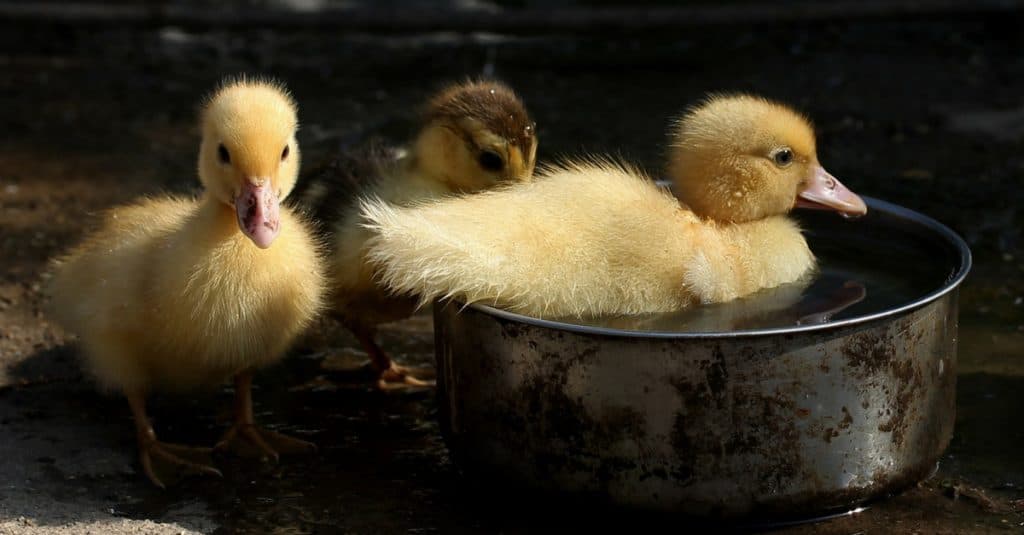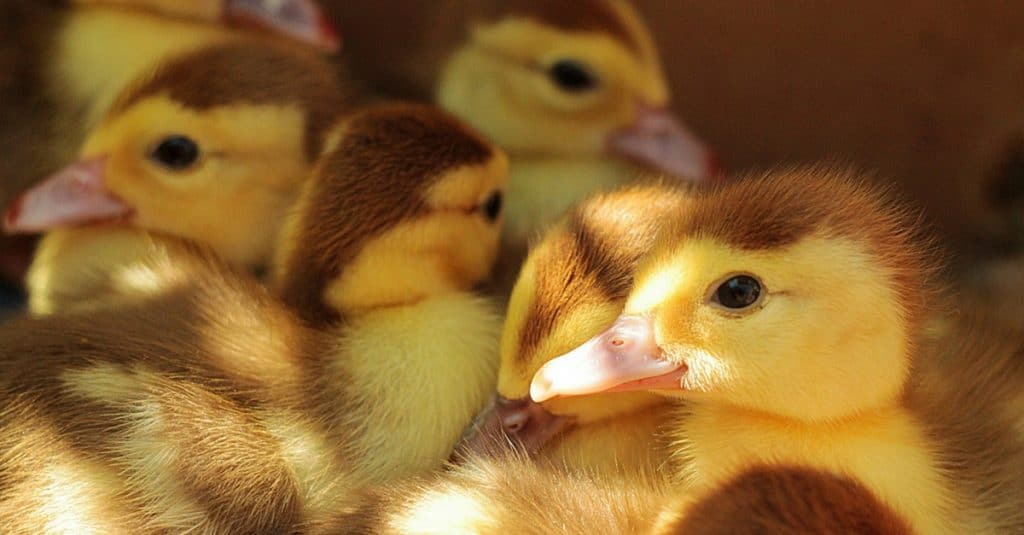Oh, you cute little…Ducklings!!
I’ll be honest, I have a love, hate relationship with ducks. You can’t help but “ooh and aah” over a duckling. Their mass of fuzz is irresistible and although I don’t have a pond, I can’t help but own ducks and haul bucket after bucket of water to them, even in the dead of winter.
But the mess they make. The sludge they can turn their water into in such a short time is unfathomable.
And it all starts with ducklings.
So, what needs to happen after these fuzz balls emerge from their eggs?
Let’s find out!
Find out more information on how to hatch ducklings here!
You can find a lot of articles here on A Life of Heritage that will teach you a lot about poultry and be sure to check out DUCK DOUGH: Profitable Poultry Binder–It’s FULL of to-do lists, checklists, record keeping sheets, and resource pages that will keep your flock healthy and YOU organized!
Supplies and Equipment You Will Need for Ducklings
- Brooder – Examples of what could be used:
- Cardboard Box (Line with plastic!)
- Large Rubbermaid Tote
- Dog Crate
- Spare Bathtub
- Heat Lamp
- Thermometer
- Shallow bowl for water
- Shallow bowl for food
- Chick feed — unmedicated regular (chicken) chick starter feed
- Brewer’s yeast
- Grit — commercial chick grit or a small dish of coarse dirt
Setting Up the Brooder for Ducklings
The brooder should be set up to give the ducklings adequate heat, food, water, and bedding.
After you’ve chosen what you will use for a brooder, the heat lamp will need to be placed very securely. It is best to have the area heated up to the proper temperature before placing the ducks in. The thermometer, as well as watching their behavior, will tell you if the temperature is adequate and if it needs to be adjusted.
And the most important thing to note is that…
Ducks make a mess!!!
I feel like I needed to shout that. Sometimes the mess that ducks make, make me insane. But then I look at all that fuuuzzz! And it’s all forgotten.
The spills they make could be cleaned up every time you turn around. And within reason, it’s important to keep it as dry as *possible*. The warmth and wetness can become a hazardous case of mold, mildew, and bacteria.
An unused bathtub is a great way for the water to drain out after all the spills but if that isn’t a possibility, then putting the water dish in another larger, shallow pan may help contain the spills from getting the bedding and food all wet. But the reality is that there will be messes.all.the.time.
Space Requirements for Ducklings
In the first two weeks of life, ducklings should be given 1/2 square foot of floor space per bird. When they are 4 weeks old they will need 1 square foot per bird, but if they are to be completely confined after the first month they need 2 square feet per bird.
Full-grown ducks need 4 square feet per bird.
Unlimited downloads and a great place to download worksheets, checklists, and lists to help you on your self-sufficiency journey! Check it out!
Heat Requirements for Ducklings
Until they are fully feathered, ducklings have a hard time regulating their temperature and staying warm. The brooder will need to be set at 90° for the first week and then the temperature lowered 1° a day until the temperature inside the brooder matches the low nighttime temperatures in your area. Within reason of course. A young duckling without its feathers can get chilled quickly and should be kept in temperatures of 50° and higher.
The actions of the ducklings in the brooder will give an indication if the temperatures are set correctly. When they are panting and are trying to get as far away from the light as possible, it is too hot. When they are huddled together under the light, it is too cold and the temperature should be raised.
Ideally, they should be scattered evenly throughout the brooder and will be moving freely and happily throughout the brooder.
The ducks will be fully feathered somewhere between the 7th and 9th week and at this point will no longer need supplemental heat.
Interestingly, the hotter the heat is kept for the ducks, the slower their feathers will come in.
Feeding Ducklings
What do baby ducks eat? Ducklings can be fed regular chick starter feed but make sure it is NON medicated. Ducklings eat much more than chicks and there is a risk that they could actually over-medicate themselves.
Ducks also have a higher niacin requirement. Sprinkling their feed with brewer’s yeast will help them grow strong bones. Sprinkle on 1.5 tablespoons to every one cup of chick starter. Tip: don’t premix the niacin into the big bag of feed, it will only sink to the bottom of the bag. Sprinkling on top gives it the best chance of intake.
Protein is important to the growth of ducklings but it needs to be given in the appropriate amounts. Here are the recommended amounts:
- First 10 Weeks: chick starter with 20% protein
- Weeks 10-18: 15% grower
- After 18 Weeks: 16% layer
What can happen if the ducklings intake too much protein? They can get wing deformities where the wings don’t lay flat against their body. When this happens it’s called “angel wings”.
Allow them about 2 weeks to get the hang of eating their regular feed but after that, these are a few treats that they will absolutely LOVE!
- Chopped grass
- Worms
- Dandelions
- Kale
- Peas
- Swiss Chard
- Moistened Oatmeal
- Finely Chopped Fruits
- Herbs
- Mealworms
- Scrambled Eggs
After you start to give the “extras”, begin giving grit as well. The ducklings will need this to help them digest their food properly.
Water Requirements for Ducklings
When the ducklings first arrive, dip their bills into the shallow water pan and then place them in the pre-warmed brooder.
Ducks must always have water available with their food. They eat…or rather shovel…their food but then will dip their bills into the water to wet the food, swallow and clean out their beak vents.
If a duck has access to food, they also MUST have access to water.
Each duckling will drink about a half-gallon of water a week and by the time they are 7 weeks old, they are drinking a half gallon a day. They need constant access to fresh water.
And they will spill (what feels like) another 2 gallons a day (each) on their nice clean bedding because they love to play in it!
When Can Ducklings Swim?
Ducklings naturally born, are provided with the protective oil that coats their feathers from their mother. She will spread her oil on their feathers. This oil keeps ducks in the wild from drowning when they start swimming right away. This oil gland is located at the base of their tail and doesn’t start producing oil until they are about 4 weeks of age.
It is very important to protect ducklings from drowning in their first few weeks of life by keeping these important rules in mind:
- Only provide shallow water, about 1/4″ deep for the first 4-5 weeks of life.
- Make sure they can easily escape the water.
- When providing them recreational swimming in the sink or tub, keep it shallow and don’t go over 15 minutes. Chill and fatigue can quickly kill and drown a duckling.
- Keep the water warm, you don’t want to chill the ducklings. If they appear to be getting chilled, dry them off and put them back in the brooder.
- Always supervise the ducklings when they are swimming and playing in larger areas of water.
Ducklings love water! Just keep them safe when they are playing in it in the beginning weeks of life!
When Can Ducklings Go Outside?
Because ducklings aren’t fully feathered until after 7 weeks, when they go outside is indicative of your specific area. They shouldn’t go out if the temperatures are below 50°.
But spending some time outside in the sunny warmth in the early weeks can be fun for them and you, provided they don’t get chilled and are protected from predators. Even cats, the curious (and predatorial) creatures they are, can pose a threat to your sweet ducklings. They need to be in a safe location and monitored closely.
But after all their feathers have come in or if the temperatures aren’t lower than 50° and they are older than 4 weeks, they can be placed in their permanent home.
Shelter for Ducklings
When the ducklings are ready to spread their feathered wings and move into their home there are a few items to consider. Their shelter should include:
- A house that is at least 3 feet high and allows each bird 4 square feet each.
- A house that is built securely enough that predators can’t dig under the walls to gain entry.
- Good ventilation. Those birds breathe out a lot of moisture and excess moisture can cause health problems with both chickens and ducks.
- They don’t roost but do need an area that they can sit down at night.
- Straw is the best choice for bedding because it holds its form when wet but also doesn’t mold as well as hay or shavings do.
- Windows not only allow in natural light but also can be opened to allow in the fresh air.
- Nesting boxes aren’t a requirement because ducks usually don’t use them but one can be placed on the floor in the corner with a nice nest of straw to try to entice them to use it.
- The door should be wide enough for two ducks to go through and not get stuck. They are pushy buggers and in their haste to get out or in, a small door can cause problems.
- Solid latches are important as well. Ducks are…sitting ducks…when it comes to predators. And if there are known predators lurking about at night, they will need to be closed in and protected.
- A ramp is also necessary if the door is off the ground.
With a little care and consideration, ducklings will grow all too quickly, so don’t forget to snap those pictures so you can look back and remind yourself how cute they were when they’ve gotten into the goat’s water trough…again!… and turned it into a mess of dirt and mud.
Check out the book CHICKEN RICH! 7 Ways to Profit from Chickens–over 60 pages of information to get you started!
You can learn more about ducks right here:
Be sure to check out DUCK DOUGH: Profitable Poultry Binder–It’s FULL of to-do lists, checklists, record keeping sheets, and resource pages that will keep your flock healthy and YOU organized!




Hawthorn
Sunday 11th of July 2021
Strangely enough, a small pet kennel works. I have 2 broody ducks... 1 used a dog bed, the other the kennel. Both hatched 6 ducklings each.